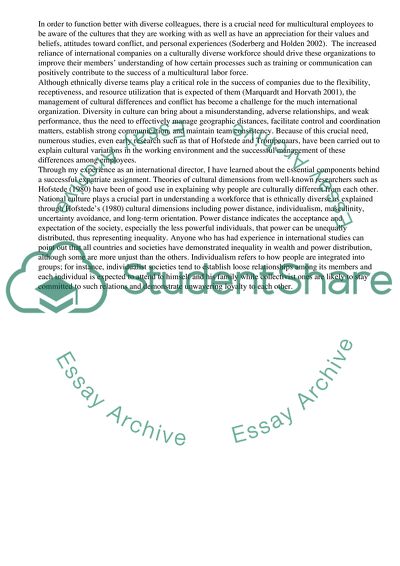Cite this document
(Cultural Diversity in the International Business Environment Coursework, n.d.)
Cultural Diversity in the International Business Environment Coursework. Retrieved from https://studentshare.org/management/1747907-across-cultures
Cultural Diversity in the International Business Environment Coursework. Retrieved from https://studentshare.org/management/1747907-across-cultures
(Cultural Diversity in the International Business Environment Coursework)
Cultural Diversity in the International Business Environment Coursework. https://studentshare.org/management/1747907-across-cultures.
Cultural Diversity in the International Business Environment Coursework. https://studentshare.org/management/1747907-across-cultures.
“Cultural Diversity in the International Business Environment Coursework”, n.d. https://studentshare.org/management/1747907-across-cultures.


